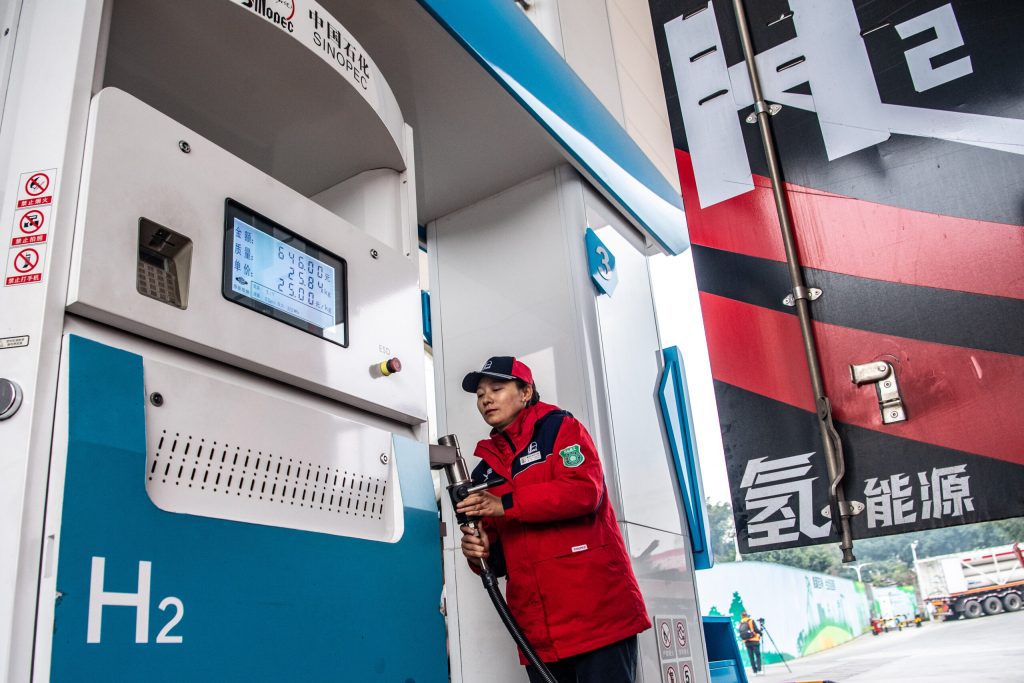Chinese scientists achieve milestone in high-performance hydrogen fuel cell development

Beijing, The Gulf Observer: Chinese scientists have achieved a groundbreaking feat in the field of fuel cell technology by pioneering a proton exchange membrane fuel cell characterized by an unprecedented ultra-high volumetric power density. This remarkable achievement surpasses mainstream counterparts by an astounding margin of over 80 percent in performance metrics. The development of such a high-performance fuel cell underscores a significant leap forward in energy conversion efficiency, highlighting the innovative prowess and scientific rigor of the research team. This milestone not only signifies a substantial advancement in fuel cell technology but also holds immense promise for fostering more efficient and sustainable energy solutions, positioning China at the forefront of cutting-edge developments in the global pursuit of clean energy alternatives.
Jiao Kui, a professor at Tianjin University’s School of Mechanical Engineering, and his team redesigned the proton exchange membrane fuel cell’s architecture, incorporating new components and optimizing the gas-water-electric-heat transfer routes.
The team created an ultra-thin and ultra-high power density fuel cell. They eliminated traditional gas diffusion layers and flow channels by using ultra-thin carbon nanofiber film produced by electrospinning technology and metal foam.
This progress has contributed to a 90 percent reduction in the thickness of the membrane electrode assembly and a 80 percent reduction in mass transfer losses caused by reactant diffusion, nearly doubling the volumetric power density of the fuel cell.
The research team estimates that the peak volumetric power density of the fuel cell stack using the new structure will reach 9.8 kilowatts per liter.
Hydrogen fuel cells are regarded as one of the most promising technologies in the application of hydrogen energy. Increasing their volumetric power density, however, remains a significant technical challenge.
This breakthrough not only provides pivotal guidance for advancing proton exchange membrane fuel cell technology, but it also indicates a promising leap forward in the field of clean energy.
On Thursday, the findings were published in the international authoritative energy research journal Joule.


